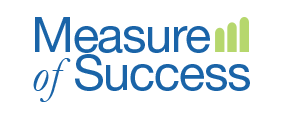The solvable problem with Self Evaluations
I have a vivid memory of a self-evaluation from my undergrad days at McGill. We had to take a writing course, which must have been[…]
We have a diversity problem? Who says?
Earlier this month, Chris MacDonald wrote about diversity programs and why they fail. The list of reasons includes breeding resentment toward the marginalized group for[…]
How it really works… are you sure you want to know?
Service organizations that rely on a great deal of informal collaboration may be in for a rough ride when their employee base becomes increasingly millennial.[…]
